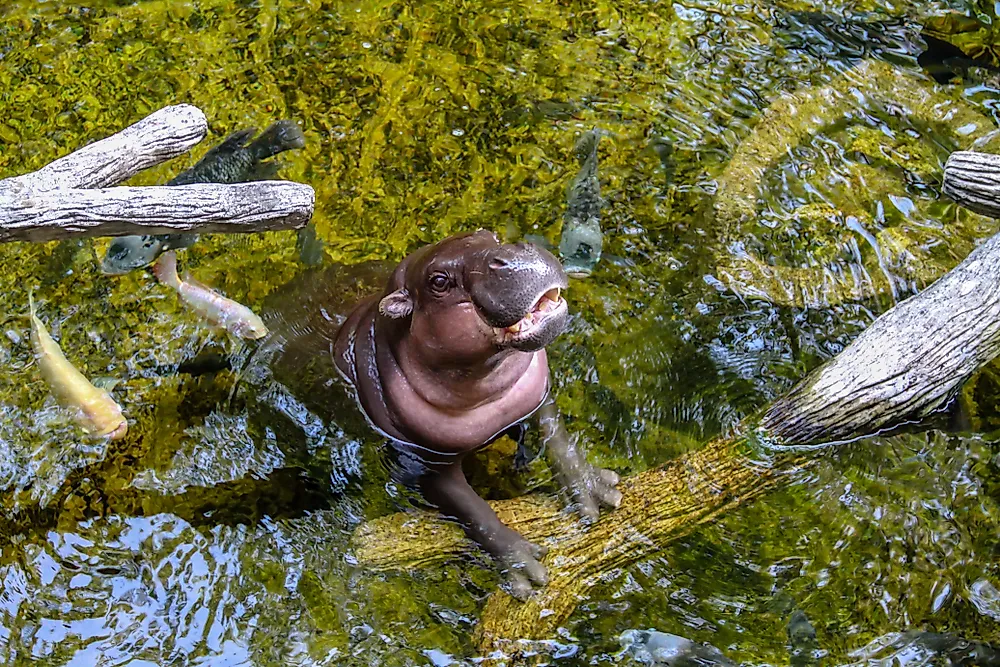What Is Insular Dwarfism?

Insular dwarfism is an evolutionary process that leads to the reduction in the size of animals over a series of generations when the species is limited to a controlled environment especially on small islands. Insular dwarfism is a natural process that is distinct from the intentional dwarfing of animals. This form of dwarfism has occurred throughout history affecting animals such as dinosaurs, mammoths, and elephants. The evolution does not only happen in islands but also in other secluded environments such as caves, isolated valleys, and deserts.
Causes of Insular Dwarfism
Two models explain why large animals may become dwarf in an insular environment. The first model assumes that when a mainland species is introduced to an island environment its ability to exploit resources effectively is diminished. This may be due to few resources to sustain a population, lack of variety, and absence of quality resources. These limitations may lead to reduced reproduction and stunted growth. The offspring of this species may dwarf to counteract the effects of poor and restricted resources. When the offspring still face competition and poor resources, the next generation continues to dwarf in size until an optimal point is reached.
The second model, although not mutually exclusive to the first, suggests that the size of an animal is likely to reduce when the usual competitors and predators are absent. The animal no longer feels the need to have a huge body, and a natural process of dwarfism occurs until a point where the animal feels the balance between what it consumes against the energy it uses. Recent research has shown that the size of the continental species and the degree of isolation does not directly affect the dwarfing process. However, when the body mass is considered separately, it was discovered that the body mass of a carnivore and a herbivore was affected by the size of the land it inhabits.
Examples of Insular Dwarfism
Some notable animals that underwent insular dwarfism are now extinct including the pygmy mammoth of Channel Islands, pygmy elephants of Crete, Cyprus, and the Little People of Flores, Indonesia. However, some species still exist including the Brookesia micra which is a chameleon that can grow to 30 mm in length in Hara archipelago, Madagascar. The Mindoro dwarf buffalo in Mindoro Island Philippines, the key deer of the Florida Keys, the Pygmy hippos of Liberia, and the Paedophryne amauensis frog of Guinea are other examples.











